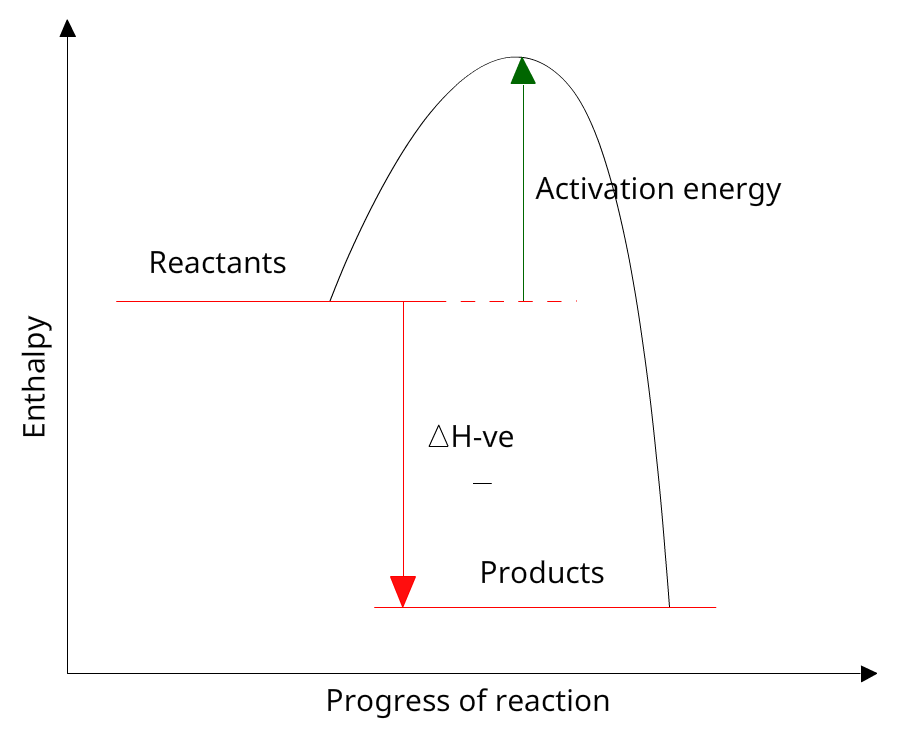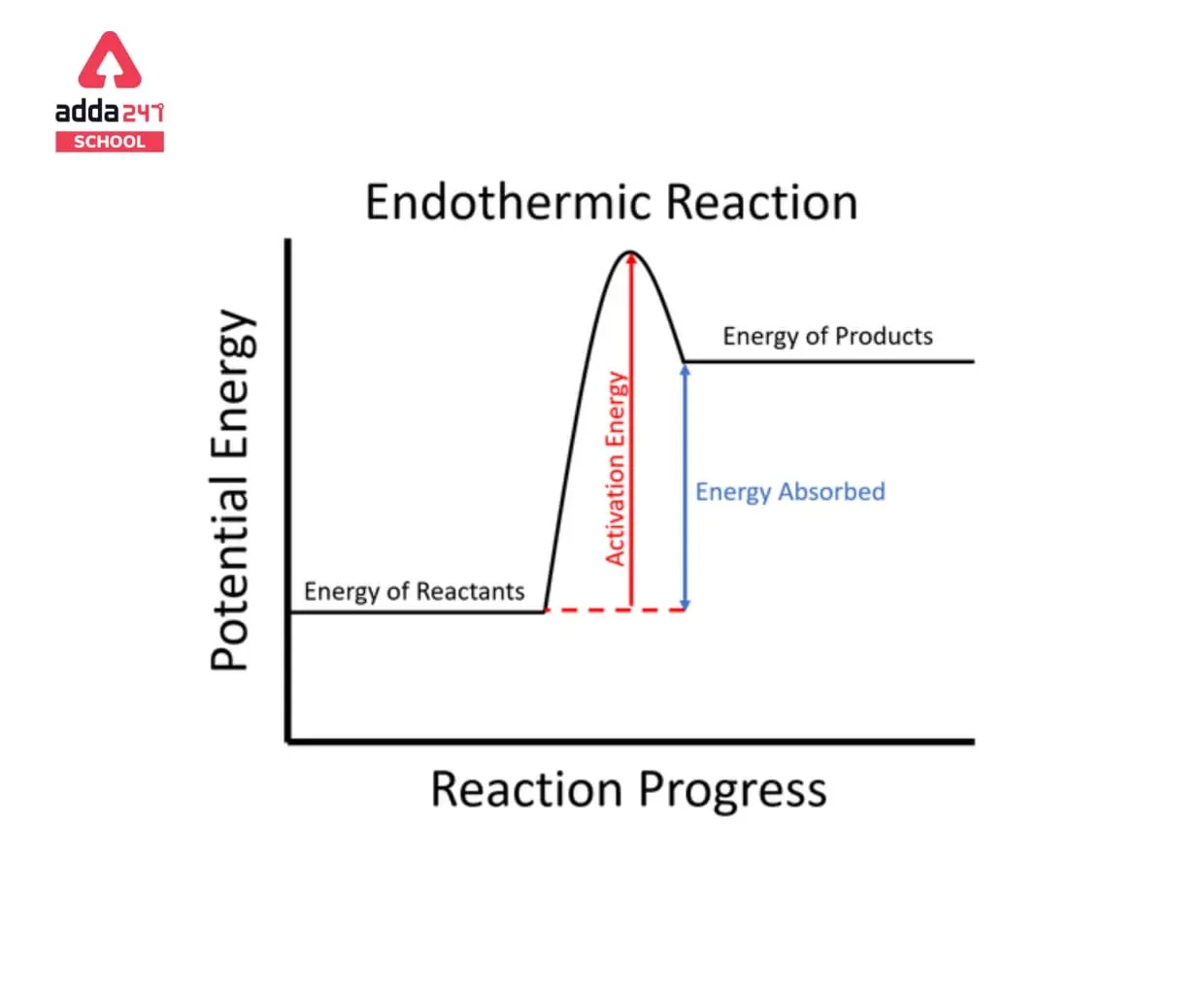114 CERT EXAM
1/82
There's no tags or description
Looks like no tags are added yet.
Name | Mastery | Learn | Test | Matching | Spaced |
|---|
No study sessions yet.
83 Terms
Law of Conservation of Mass
equal atoms in the equation; matter and energy are conserved, in a closed system
kinetic energy
moving
potential energy
stored energy
Mechanical Energy (ME) =
kinetic energy + potential energy
3 components of a circuit
path to conduct: usually made with wire
voltage source: the “push” to produce current (ex: batteries or outlet)
Resistor: opposes flow, resistance measured in ohms (ex, light bulb or motor)
heat vs temperature
Substance has thermal energy but transfers hear
1st Law of Thermodynamics
Energy cannot be created or destroyed, only transformed from one form to another.
work done BY the system…
…reduces internal energy
work done ON the system…
…increases internal energy
calculate change in internal energy
△U=Q (heat added) - W (work done)
2nd Law of Thermodynamics
heat flows from hot to cold
Entropy ( measure of disorder) increases
Exothermic
lose energy
bond making
combustion of fuel

Endothermic
gain energy
bond breaking
absorption of heat

closed system
no matter enters or leaves the system
current =
voltage/resistance
flow of electric charge
high voltage =
=high current
short circuits
electricity w/ no resistance is dangerous
series circuits
single path & require all elements to work
shares battery voltage
more bulbs = more resistance = less current = less light
Parallel Circuits
more than one path; not all elements need to work
each look receives full battery
Fusion
lights elements join to make heavier elements
Fission
Elements break into lighter elements
Simple Machines
change amt of force
change direction
change distance
ideal simple machines are…
…frictionless
input=
=effort (applied)
output=
=load (actual force that is moved)
actual simple machines are…
…have friction, input> output and produces heat
total surface area
find the area of EACH face… think of finding the area of a net
displacement
straight-line distance and direction
Displacement vs. Distance
Displacement < or = to distance
Speed
how fast position changes
avg. speed = distance/ time
Velocity
object speed and direction
avg velocity = displacement/time
acceleration
quick change in velocity
avg accel. = △velocity / time
Newton’s 1st Law of Motion
Inertia - resist change in motion, object remain at rest until moved
Newton’s 2nd Law of Motion
Force = mass x accel.; more force = more accel.
Newton’s 3rd Law of Motion
Equal and Opposite Reaction
gravity
forces of mass pull on one another (weak)
Scientific Method
identify problem
observations
hypothesis
experiment
data
draw conclusion
reform hypothesis & draw new experiment
Antoine Lavosier
Modern Chemistry
Single-Variable Investigation
researcher makes before and after application of interest
Correlational Research
scientist may study two variables, but does not control the rest of the conditions of the study
Quasi-experimental
scientists studies the effects of an independent variable but chooses the experimental groups rather than assigning them randomly
Independent Variable
(x-axis) manipulated
Dependent Variable
(y-axis) measured effect
Axis of Symmetry=
= x-value of the vertex
Vertical Transformation
y=fx + c
Horizontal Transformation
y=f(x+c)
Vertical Reflection (over y)
y = - f(x)
Horizontal Reflection
y= f( -x)
Vertical Stretch
y = c x f(x); c>1
Vertical Shrink
y = c x f(x); 0<c<1
Wave
energy that moves from one place to another
period
time it takes to complete one full wave cycle(measure in time)
Wavelength
length of one complete wave cycle (measure in distance)
Frequency
The number of full cycles that happen each second
wave speed=
= wavelength x frequency
wave period=
1/frequency
amplitude
distance from the center of the wave
intensity
amount of energy transported by the wave (measured in decibels)
loudness
Sound depends on human perception of the intensity
threshold of hearing
sound of 0 decibels, softest sound human can hear
threshold of pain
120 decibels of sound
pitch
high or low, the notes sound
What type pf lense does a telescope use?
convex (refracts)